SEND and Inclusion
The Graduated Approach and SEN Support
Quality First Teaching
The Code of Practice (2014 para 6.37) is clear that high quality teaching, differentiated for individual pupils, is the first step in responding to pupils who have, or may have, SEN. Additional intervention and support cannot compensate for a lack of good quality teaching. Settings should regularly and carefully review the quality of teaching for all children, including those at risk of underachievement. This includes reviewing and, where necessary, improving practitioners’ understanding of strategies to identify and support vulnerable children and their knowledge of the SEN most frequently encountered.
Here is an audit which is designed to support settings and SENCOs in ensuring that quality first teaching is in place for all children. As such this quality first teaching guidance is designed to form the basis of an inclusive teaching approach for any child with additional needs, for example those with SEND, LAC and EAL/INA children.
This resource can be used flexibly to support practitioners in their practice. For example, it could form the basis of whole setting training, SENCOs may select what they consider to be the most relevant points to support a practitioner struggling to meet the needs of an individual child, group of children or whole cohort, it may be used as a self-evaluation tool or as a document to inform observations. (This resource mirrors that found on p30 of the Bolton SEND Handbook)
This resource will also be used as the basis for all SEN Support Service involvement, with evidence of quality first teaching forming a central part of any assessment.
Identification of Need and Supportive Environments for Children at SEN Support
Children who are working at SEN Support within the Code of Practice are those with identified needs for whom the Graduated Approach of Assess, Plan, Do, Review must be carried out at an individual level. These are the children for whom practitioners have identified a need to do something additional to and/or different from Quality First Teaching, in order to meet a child’s learning and development needs.
It is important that identification of need is a holistic process and involves parents and carers as well as any other professionals (eg Health Visitors) who may know the child well.
Here is a resource that will support practitioners and SENCOs in 3 ways;
- Helpful questions to support conversations with parents in beginning to identify need
- What to look out for as typical indicators of need
- Ways to make your environment supportive to a particular type of need.
Assess, Plan, Do, Review – The Cycle of Action
Settings working with children with SEND should adopt a graduated approach to supporting their development, through a cycle of action with four stages. This cycle of action should be revisited in increasing detail and with increasing frequency, to identify the best way of securing good progress for a child.
Assess
A child’s difficulties must be assessed so that the right support can be provided. This should include asking parents what they think, talking to professionals who work with the child, and looking at records and other information. This could mean getting advice and further assessment from someone like an educational psychologist, a specialist teacher or a health professional.
The Early Help Assessment should be undertaken when there are initial concerns about a child’s development and progress, Early Help Assessment documents should be sent to: boltonISA@bolton.gov.uk. If you need any further help or support in completing this form, please contact the Early Help Access Point via email to: earlyhelp@bolton.gov.uk or 01204 331501.
Plan
The setting needs to agree with parents the outcomes that the SEN support is intended to achieve. All those involved will need to have a say in deciding what kind of support will be provided, and decide a date when they will review this, so that they can check to see how well the support is working, and whether the outcomes have been or are being achieved. For further support on completing an Individual Provision Map/Individual Education Plan, please see the downloads section below.
Provision mapping is a planning tool used in educational settings for children recognised as needing additional support:
- It is a way of organising your information about children in a readily accessible, easy to manage format.
- It starts when a need is identified.
- It enables you to target support, strategies and identify any gaps in provision.
- To be effective it should cross reference the educational provision with the progress made by the child.
- Many agencies now ask to see your provision map as part of a referral for their services.
Please see the downloads below for an example of a provision mapping tool.
Do
The setting will put the planned support into place. The key person remains responsible for working with the child on a daily basis, but the SENCO and any support staff or specialist teaching staff involved in providing support should work closely to track the child’s progress and check that the support is being effective.
Review
The setting will review the plan in a timely manner in collaboration with parents and professionals. The Early Help action plan should be reviewed in line with this. The provision map should be updated at this point.
Resources
Identification of need and supportive environments
Step by step guidance on completing an Individual Provision Map/Individual Education Plan
Early Support Developmental Journal and Practice Guidance
Framework for Action: For all children, young people and families in Bolton
One page profiles
Examples of one page profiles can be found at Resources (sheffkids.co.uk)

